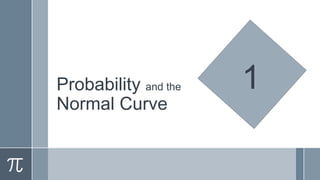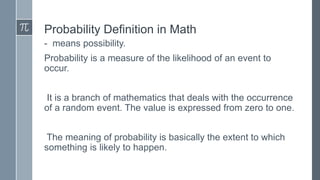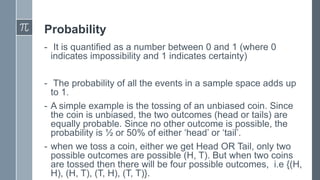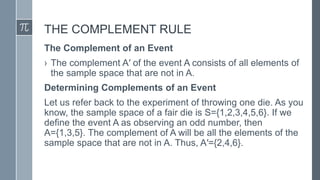The normal probability curve is a bell-shaped curve that is used to represent probability distributions of many random variables. Some key properties of the normal curve are:
1) Approximately 68% of values fall within one standard deviation of the mean, 95% within two standard deviations, and 99% within three standard deviations.
2) The curve is perfectly symmetrical, with the mean, median, and mode all being the same value.
3) It approaches but never touches the x-axis and theoretically extends from negative to positive infinity. Standard deviation is used to measure deviations from the mean.



























